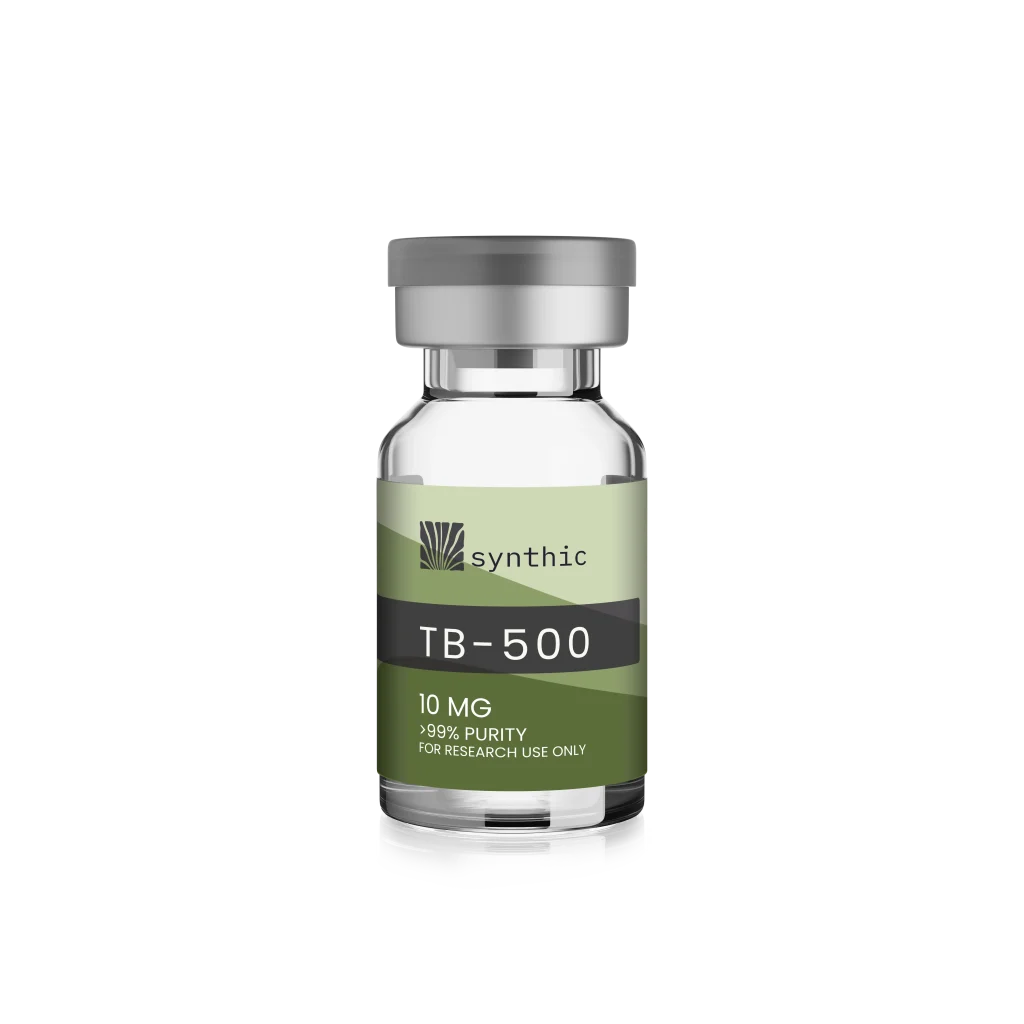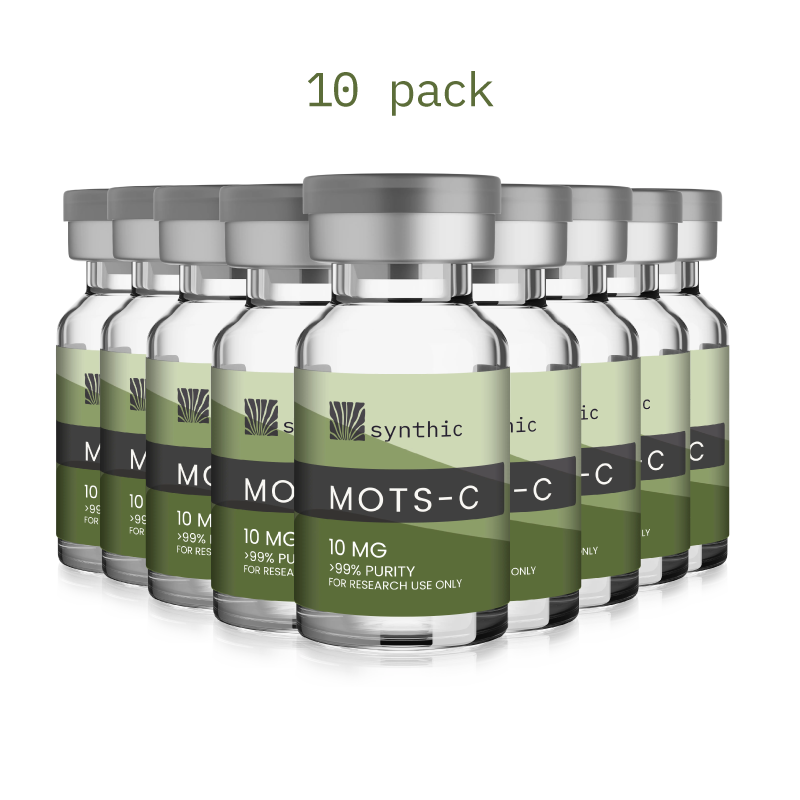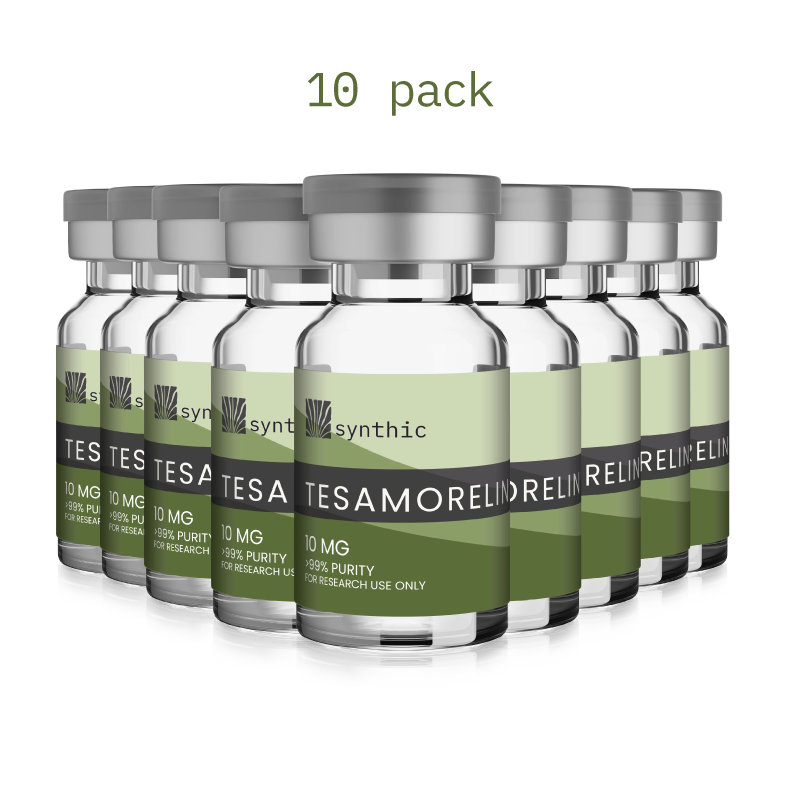GLP-1 analogs such as semaglutide, tirzepatide, and retatrutide have transformed weight-management research. They consistently show strong results for reducing body fat and improving metabolic markers. But rapid weight reduction isn’t always without trade-offs. One concern raised by researchers is the potential loss of lean muscle mass that often accompanies fat loss.
Lean tissue is more than just “muscle tone.” It supports strength, bone health, metabolic rate, and long-term weight stability. Protecting it may be just as important as reducing fat — and this is where peptide research is beginning to focus.
The Challenge: Muscle vs. Metabolism
When the body is in a calorie deficit, it can break down both fat and muscle for energy. Losing lean mass may:
- Lower resting metabolism, slowing future fat loss.
- Reduce strength and physical performance.
- Increase risk of fatigue and injury.
- Make it harder to maintain weight loss long term.
This “muscle vs. metabolism trade-off” is why researchers are asking: Can peptides be leveraged to help preserve lean tissue during GLP-1 studies?
Tesamorelin and Ipamorelin: Growth Hormone Pathways
- Tesamorelin is a growth hormone-releasing peptide (GHRP) analog. Research has shown it can reduce visceral adipose tissue while supporting lean body mass, making it a candidate for protecting muscle in weight-loss contexts.
- Ipamorelin is a growth hormone-releasing peptide (GHRP) with highly selective activity. Unlike earlier GHRPs, it doesn’t strongly stimulate appetite or cortisol release. Its focus on recovery and tissue support makes it an area of interest for maintaining lean tissue while fat is reduced.
These peptides highlight the potential of growth hormone pathways for balancing fat loss with muscle preservation.
Regenerative Peptides: TB-500 and BPC-157
TB-500 (thymosin beta-4 fragment) is being investigated for its role in cell migration, blood vessel growth, and tissue repair.
BPC-157, derived from gastric proteins, has been studied in preclinical models for tendon and muscle healing, protection from oxidative stress, and enhanced recovery.
By aiding repair and reducing micro-damage, regenerative peptides could play a role in offsetting muscle breakdown during weight loss protocols.
NAD+: The Energy and Recovery Factor
NAD+ (nicotinamide adenine dinucleotide) is a coenzyme essential for mitochondrial energy production. Levels decline with age, and rapid weight loss may create additional strain. Restoring NAD+ in research settings has been associated with:
- Improved energy and reduced fatigue.
- Enhanced recovery capacity.
- Better metabolic resilience under stress.
Supporting cellular energy could be a key step in helping maintain lean mass during calorie restriction.
Why This Research Matters
The next chapter of GLP-1 research is not just about how much weight comes off — but what kind of weight is lost. Preserving lean mass is critical for health, performance, and long-term stability.
Peptides like tesamorelin, ipamorelin, BPC-157, TB-500, and NAD+ represent areas of active exploration. While more studies are needed, their potential roles in muscle protection and metabolic support are driving interest among researchers.
Key Takeaway
GLP-1s have reshaped weight-loss research, but they may come with the risk of muscle loss. Exploring peptide combinations that support lean mass could be the next big step in achieving healthier, more sustainable outcomes.
Shop GHRP’s


